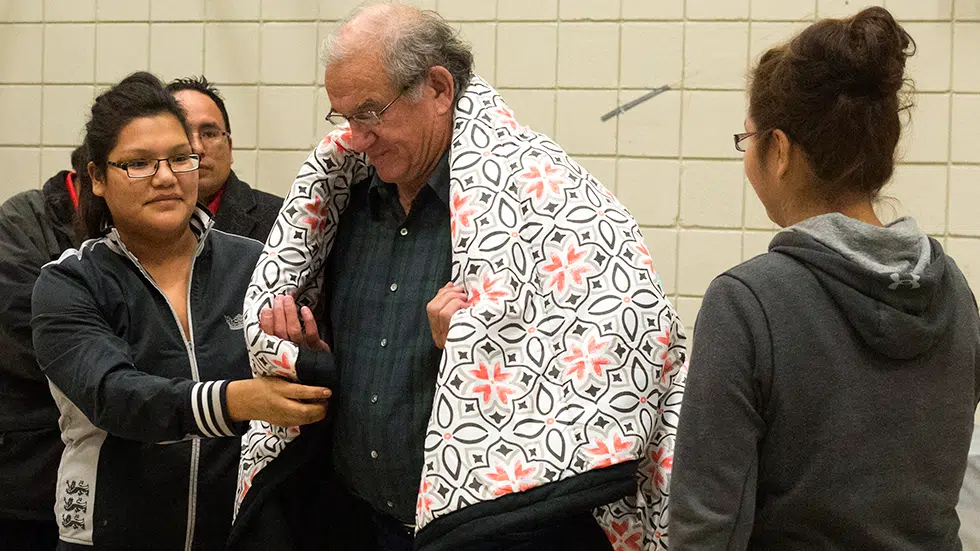
Participant on Royal Commission on Aboriginal Peoples reflects on last 20 years
Between the years of 1991 and 1996, a commission consisting of seven people, four of indigenous decent, conducted one of the most comprehensive and in depth studies on the indigenous peoples of Canada.
According to the Indigenous and Northern Affairs Canada website, over a 178 day period 96 First Nations communities were surveyed. Upon its conclusion a 20,000 page report was produced and compiled into five different volumes containing information which addresses treaty, economic development, health, housing, a Métis perspective, and “the North.”
The commissioners’ findings are summed up in one single sentence in their section of the summary report.
“The main policy direction, pursued for more than 150 years, first by colonial then by the Canadian governments, has been wrong,” the commissioner’s statement reads.


